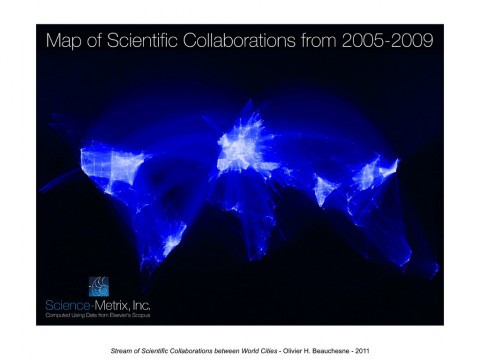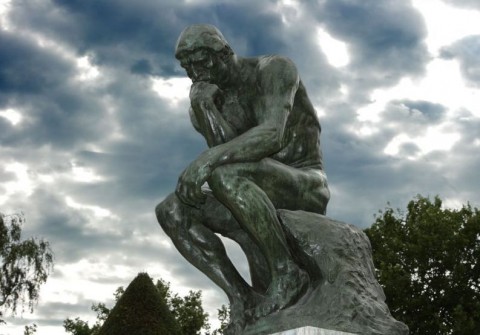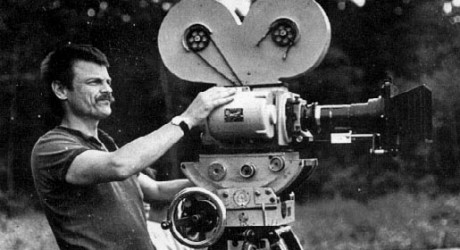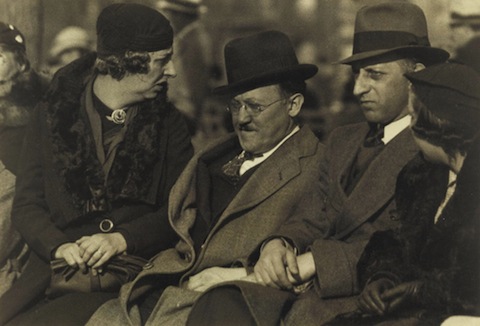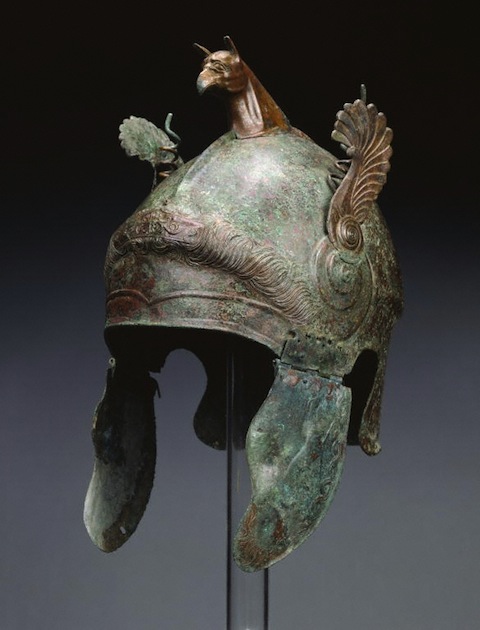Ask a group of guitarists to name their favorite guitar solo, and there’s a pretty good chance someone will mention Eric Clapton’s solo on the live recording of “Crossroads,” from Cream’s 1968 Wheel’s of Fire album. So then, whose solo does Eric Clapton like? On more than one occasion he has singled out Duane Allman’s breakthrough performance on Wilson Pickett’s R & B cover of the Beatles’ “Hey Jude.”
In late 1968 Allman was about 22 years old and had not yet formed the Allman Brothers Band. Eager to make a name for himself, he showed up at Rick Hall’s now-legendary FAME Studios in Muscle Shoals, Alabama, to offer his services as a session guitarist. Hall told Allman he already had more guitar players than he could use. Allman asked if he could just hang around the studio and help out if the need should ever arise. “I mean, this was Duane,” Hall said to Allman’s biographer Randy Poe. “He was hell-bent for stardom and nothing was going to stop him.”
Hall let the young guitarist hang around, and before long he was playing on a few sessions with Clarence Carter. Hall liked what he heard, and Allman’s crucial moment arrived shortly afterward, when the former Stax recording artist Wilson Pickett showed up at the studio unexpectedly. As Poe writes in his book Skydog: The Duane Allman Story,
“Pickett came into the studio,” says Hall, “and I said, ‘We don’t have anything to cut.’ We didn’t have a song. Duane was there, and he came up with an idea. By this time he’d kind of broken the ice and become my guy. So Duane said, ‘Why don’t we cut “Hey Jude”?’ I said, ‘That’s the most preposterous thing I ever heard. It’s insanity. We’re gonna cover the Beatles? That’s crazy!’ And Pickett said, ‘No, we’re not gonna do it.’ I said, ‘Their single’s gonna be Number 1. I mean, this is the biggest group in the world!’ And Duane said, ‘That’s exactly why we should do it — because [the Beatles single] will be Number 1 and they’re so big. The fact that we would cut the song with a black artist will get so much attention, it’ll be an automatic smash.’ That made all the sense in the world to me. So I said, ‘Well, okay. Let’s do it.’
The original Beatles version of “Hey Jude” is over seven minutes long. Pickett was determined to keep his version shorter, to make it suitable for radio play. At four minutes long, it was still more than a minute longer than the average popular song from that era. Most of the extra time is taken up by Allman’s explosive rock and roll-style guitar solo. “From the moment Duane plays the first lick ten seconds into the coda,” writes Poe, “until the song fades out over a minute later, it is entirely his show. The background vocalists are singing those familiar ‘na-na-na-na’s’ — but it’s all for naught. Rick Hall has pushed them so far down in the mix, they are merely ambiance. Absolutely nothing matters but Duane’s guitar.” When it was over, everyone rushed to hear the playback. Hall was so excited he picked up the telephone and called Atlantic Records producer and executive Jerry Wexler, who had sent Pickett to Muscle Shoals. Writes Poe:
Hall cranked up the volume, held the receiver near the speakers, and played the recording all the way through. The guitar player, naturally, blew Jerry Wexler away. “Who is he?” Wexler asked. Hall told Wexler that Pickett called him Sky Man. He said that Sky Man was a hippie from Florida who had talked Pickett into cutting the tune. Wexler persisted. “Who the hell is he?” “Name’s Duane Allman,” Rick replied.
Before Pickett christened Allman “Sky Man,” the guitarist already had a nickname he was fond of: “Dog.” In keeping with it, he always wore a dog collar wrapped around his right boot, like a spur. So the two nicknames were combined, and Allman was known thereafter as “Skydog.”
Although Pickett recorded “Hey Jude” against his will, he liked the result so much he made it the title song of his next album. And right about the time the Beatles’ version was coming down after nine weeks at number one on the American charts, Pickett’s version started going up. It peaked at number 15 on the R & B chart and number 23 on the pop chart. When Clapton first heard Allman’s solo on his car radio, he reportedly pulled over to the side of the road to listen. “I drove home and called Atlantic Records immediately,” Clapton said. “I had to know who that was playing guitar and I had to know now.”
Listen to the full song:
Related Content:
Here Comes The Sun: The Lost Guitar Solo by George Harrison
Eric Clapton’s Isolated Guitar Track From the Classic Beatles Song, ‘While My Guitar Gently Weeps’ (1968)
Guitar Stories: Mark Knopfler on the Six Guitars That Shaped His Career

